Vertical Test Stand
The Vertical Test Stand (VTS) has now been retired and replaced by the Horizontal Test Stand. VTS supported cold flow and hot fire operations for Lotus Development engines. Fluid systems include high pressure nitrogen, liquid nitrous oxide, and liquid isopropyl alcohol.
Overview
The main feed system consists of 1" lines, along with a 1" pre-valves and 1" main valves (liquid Cv of 13). The main feed system operates at a liquid CdA of 0.23in^2 (8.7 liquid Cv). The propellant feed allows for flow rate measurements via turbine flow meters.
The main valves run off of a high pressure pneumatics system operating at 1000psi. Solenoid valves allow for reliable and quick operation of the main propellant valves. Engine purge operates at 150 psi and is controlled via a servo operated ball valve. The line is orificed to control flow rate and purge pressure.
Tank Stand Panel
The propellant run tanks are pressurized via a bang-bang nitrogen controller and can hit a pressure bound of +/- 15 psi nominal operating pressure. Propellant tanks each contain pressure relief valves that open to release pressure when the tanks run above 1000psi.
The current test setup consists of the tank stand and battery control. The propellant run tanks are hung from the tank stand and nitrogen bottles are also mounted here. This stand facilitates the storage and control of the isopropyl alcohol, nitrous oxide, and nitrogen, before being routed to the vertical test stand.
Vertical Test Panel
The vertical test panel is a platform that serves to connect fuel storage to the engine and its main valves. It allows us to neatly route the main lines and purge lines. Flow meters and valves to control flow and purge are also located on this panel.
The main valves are located between the Vertical Test Panel and the engine which is mounted on the Vertical Test Stand (converted from the Hybrid Test Stand).
The entire system is designed to be modular, which makes it easy to transport in manageable pieces and allows partial assembly in our indoor lab space for low pressure testing.
All hazard operations can be operated using servo, pneumatic, and solenoid valves remotely controlled through GOD Box. The water suppression system is also included for hot fire operation and can also be activated remotely or automatically based on abort conditions.




